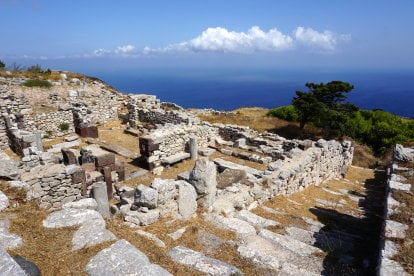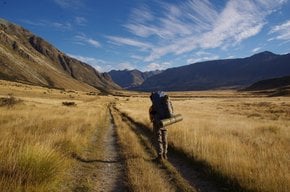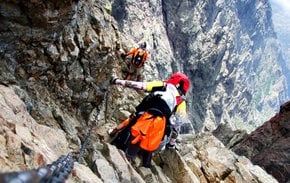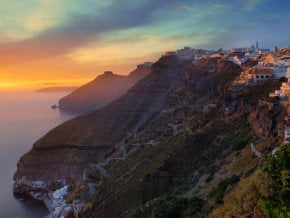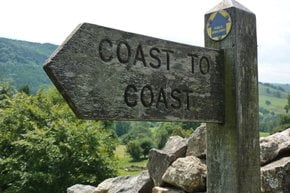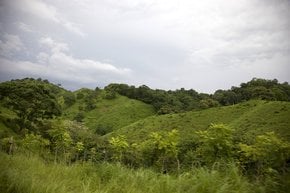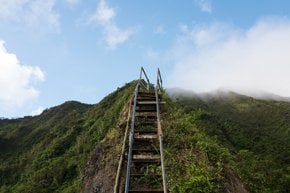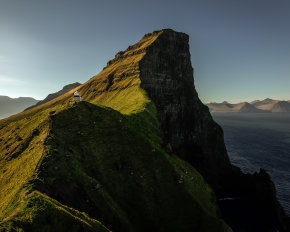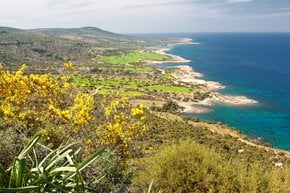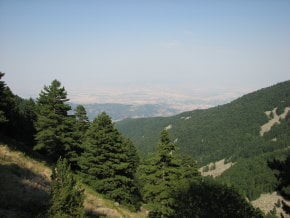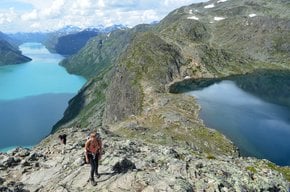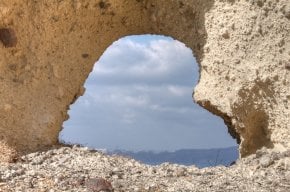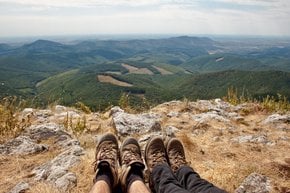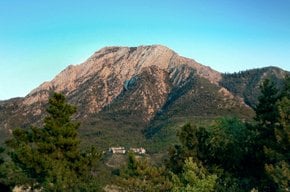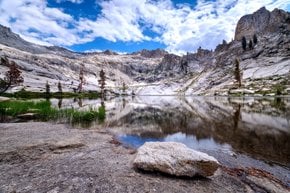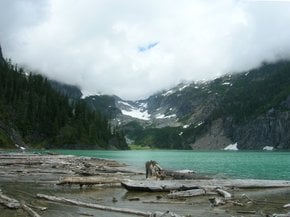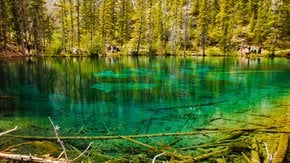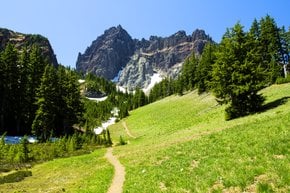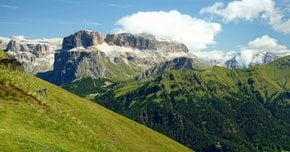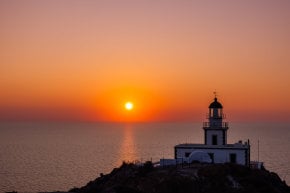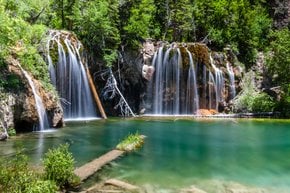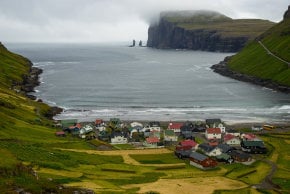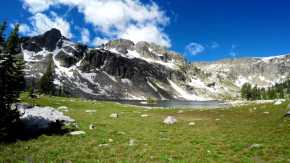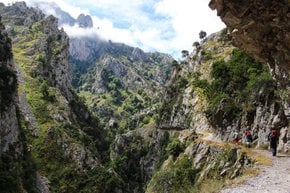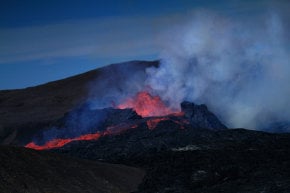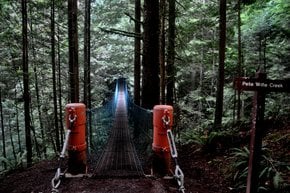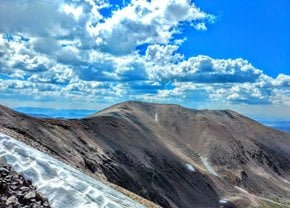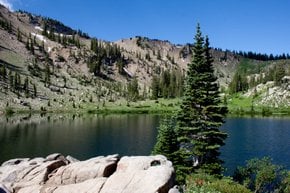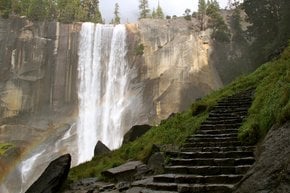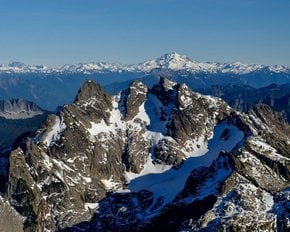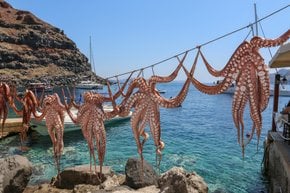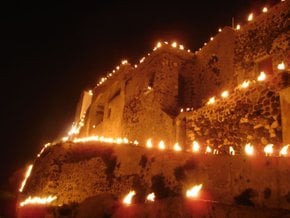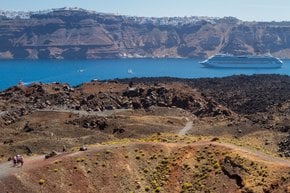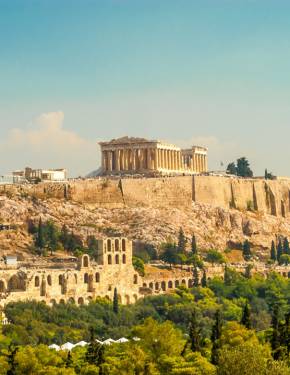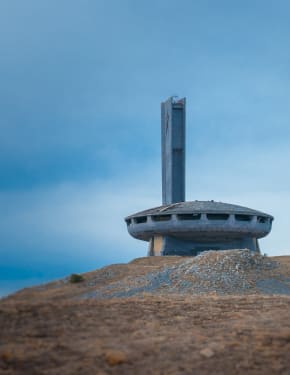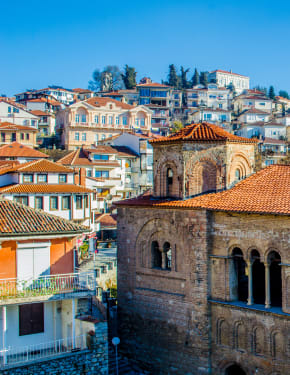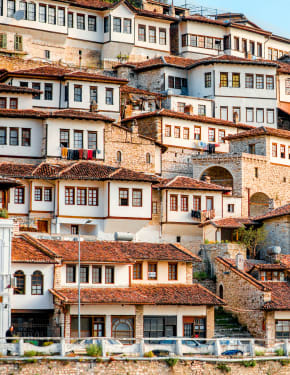Ancient Thera (Mesa Vouno) in Santorini 2025-2026
Step back in time and explore the ancient wonders of Thera, where history meets breathtaking views
Best time: Year-round
Ancient Thera, located on the island of Santorini, Greece, is an archaeological site that offers a glimpse into the island’s rich history. Perched atop the limestone hill of Mesa Vouno, this ancient city provides visitors with a unique opportunity to explore the remnants of a civilization that thrived centuries ago.
Activities and Attractions
Visitors to Ancient Thera can explore the ruins of various structures, including houses, temples, and public buildings. The site offers a fascinating look at the architectural styles and urban planning of the ancient Greeks. Additionally, the panoramic views from the hilltop are breathtaking, providing a stunning backdrop for photography enthusiasts.
Schedule and Hours of Operation
The archaeological site of Ancient Thera is open to visitors year-round with seasonal hours. During the winter months (November to March), it operates from Wednesday to Monday, 08:30 am to 3:30 pm, and is closed on Tuesdays. In the summer (April to October), the site is open from Thursday to Tuesday, 08:30 am to 3:30 pm, and closed on Wednesdays. It is advisable to check the official website for any changes in the schedule.
Tickets
Entrance fees are 6 euros for a full ticket and 3 euros for a reduced ticket. Additionally, visitors can purchase a special three-day ticket for 15 euros, which includes access to Ancient Thera, the archaeological site of Akrotiri, and the Museum of Prehistoric Thera. This combined ticket is not available at a discounted rate. On certain national holidays and cultural heritage days, such as March 6, April 18, May 18, the last weekend of September, October 28, and the first Sundays from November to March, admission is free. Guided tours are available, offering detailed insights into the history and significance of the ruins.
Parking
Parking is available near the base of Mesa Vouno, and from there, visitors can either hike up to the site or take a shuttle service. There is also limited parking on the road just outside the site entrance.
Location and Accessibility
Ancient Thera is situated between the popular villages of Kamari and Perissa, both of which provide convenient access points to the site. Kamari, the closest town, is about a 30-minute walk from the base of the archaeological site, while Perissa offers a more challenging trail for those seeking a hike. Both towns also have an array of accommodation options, restaurants, and amenities, making them ideal places to stay for anyone planning a visit to Ancient Thera.
A winding road connects the site with the seaside village of Kamari, which is accessible by car from 7:30 am to 5:30 pm, during which pedestrian access is restricted. Visitors can explore the site via scenic routes: the trail from Kamari, which passes by Zoodochos Pigi and the ancient tombs at Sellada, or the path from Perissa, which leads past the church of Panagia Katefiani.
Visitors should be prepared for some uphill walking. Comfortable footwear is recommended, as the pathways within the archaeological site itself can be uneven. There are also a few shaded areas on-site, but sunscreen, hats, and water are advised, especially during the summer months.
Historical Overview
Ancient Thera was established in the 9th century BCE by Doric colonists led by King Theras, from whom the site gets its name. Its strategic location on the high ridge of Mesa Vouno provided natural protection, which played a key role in the settlement's longevity. Over the centuries, Thera became an important cultural and economic center, especially during the Hellenistic and Roman periods, when its influence extended throughout the region.
The ruins visible today reflect the layers of history that shaped the island—public buildings from the Hellenistic period, residential areas from the Roman times, and early Christian basilicas, each bearing testament to the different civilizations that called this site home. Archaeological research and excavations have provided insight into the daily lives of its inhabitants, from trade and religious practices to the social structures of ancient Santorini.
Nearby Attractions
After visiting Ancient Thera, the nearby village of Kamari is worth exploring. Kamari Beach, known for its black sand, is a popular destination for relaxation after a hike through the ruins. Additionally, Perissa, located on the other side of the Mesa Vouno, also offers a beautiful beach area and various dining options.
For those interested in further historical exploration, the Akrotiri archaeological site on the southwestern part of Santorini provides a fascinating look at the Minoan Bronze Age civilization. The site, often referred to as the "Greek Pompeii," features well-preserved frescoes and complex structures, revealing another layer of the island's ancient heritage.

